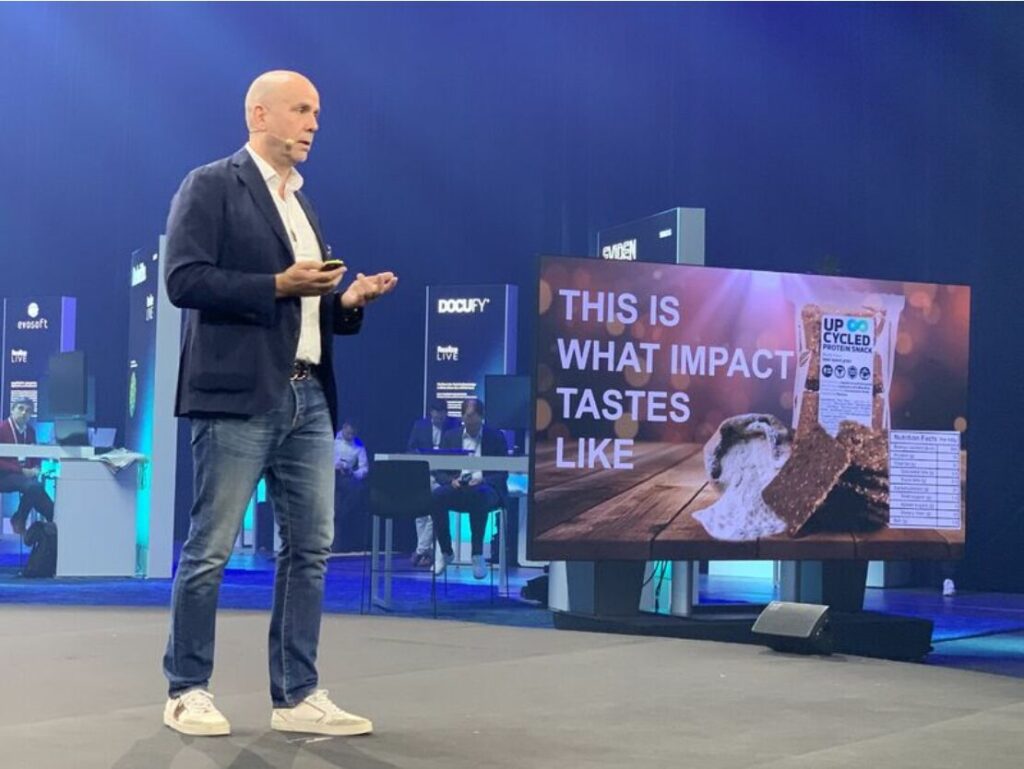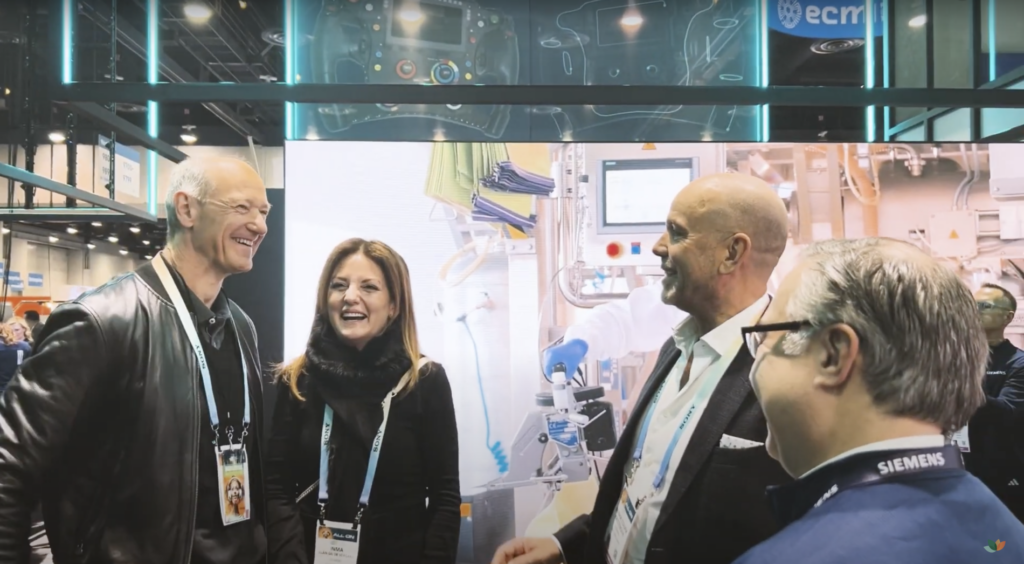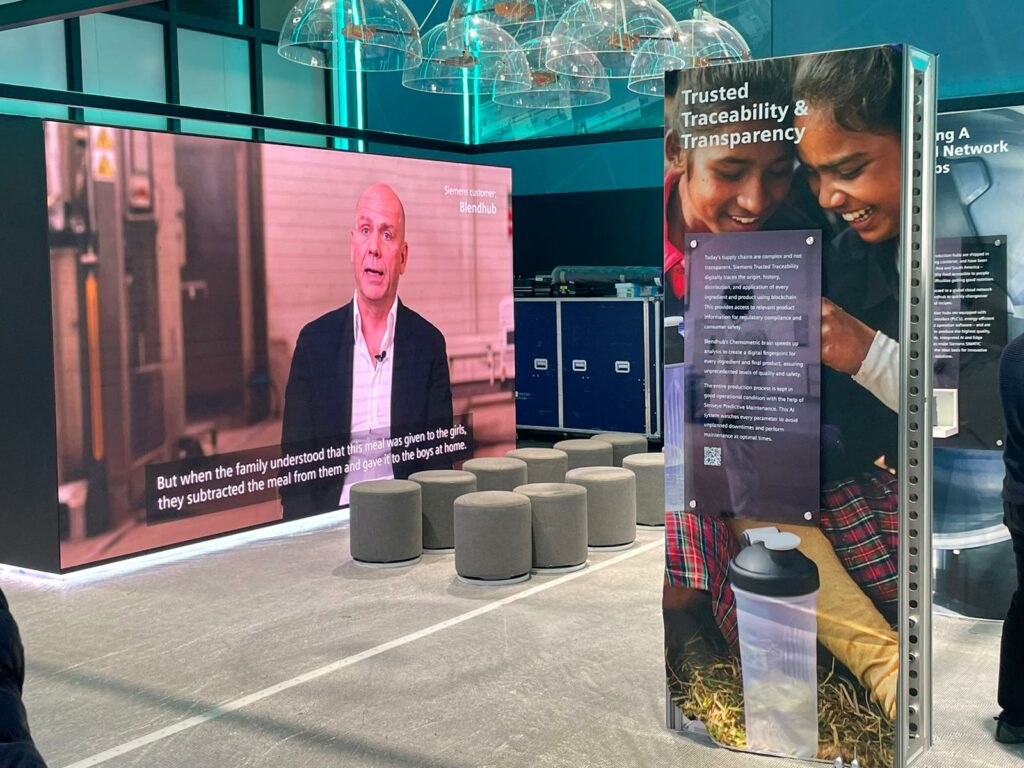The world is becoming more open and transparent. Business relations are also changing. People ask companies for more information and them to their suppliers. In a context of openness, old closed models no longer have a place. This is the case of the black box in food industry and some other fields such us Chemometrics. Our friends from Foss and University of Copenhagen, are using a similar terminology as ours in Blendhub, being able to open the data analytical “black box” through a new mathematical model.
According to Wikipedia, a “black box“ is “a device, system or object which can be viewed in terms of its input, output and transfer characteristics without any knowledge of its internal workings”. In the food industry, this system is used for the commercialization of functional ingredients and other food powder blends and products, and SMEs, 99.1% of European Food industry, are caught up in this model because they don’t have direct access to raw material producers.
The “black boxes” hide information about costs, raw materials, and know-how used in the formulation. This is why Blendhub has decided to leave behind this model and foster transparency. In our case, through open formulas, meaning transparency in prices (raw material costs, fixed and variable costs, and profit margin) and the possibility of accessing our product licenses, but also, for instance, through increasing the flow of information backwards to raw material producers.
Contrary to what happens with such a closed model like a black box, openness and transparency will foster innovation in the food powder blends sector, as I explained in an interview in Food Navigator. Additionally, they will lead to cheaper food stuff and more trustable relationships and a better alignment within companies operating in this area of the food industry, along with a more efficient supply chain.
In the case of Chemometrics, Rasmus Bro, who recently received the 10th Herman Wold medal in gold, is a front-runner in providing insight in the opening of “black-boxes”, as explained in this article about its math modeling for multi-way analysis, which enables to disclosure information, and its application in fields such as the environment or health.



